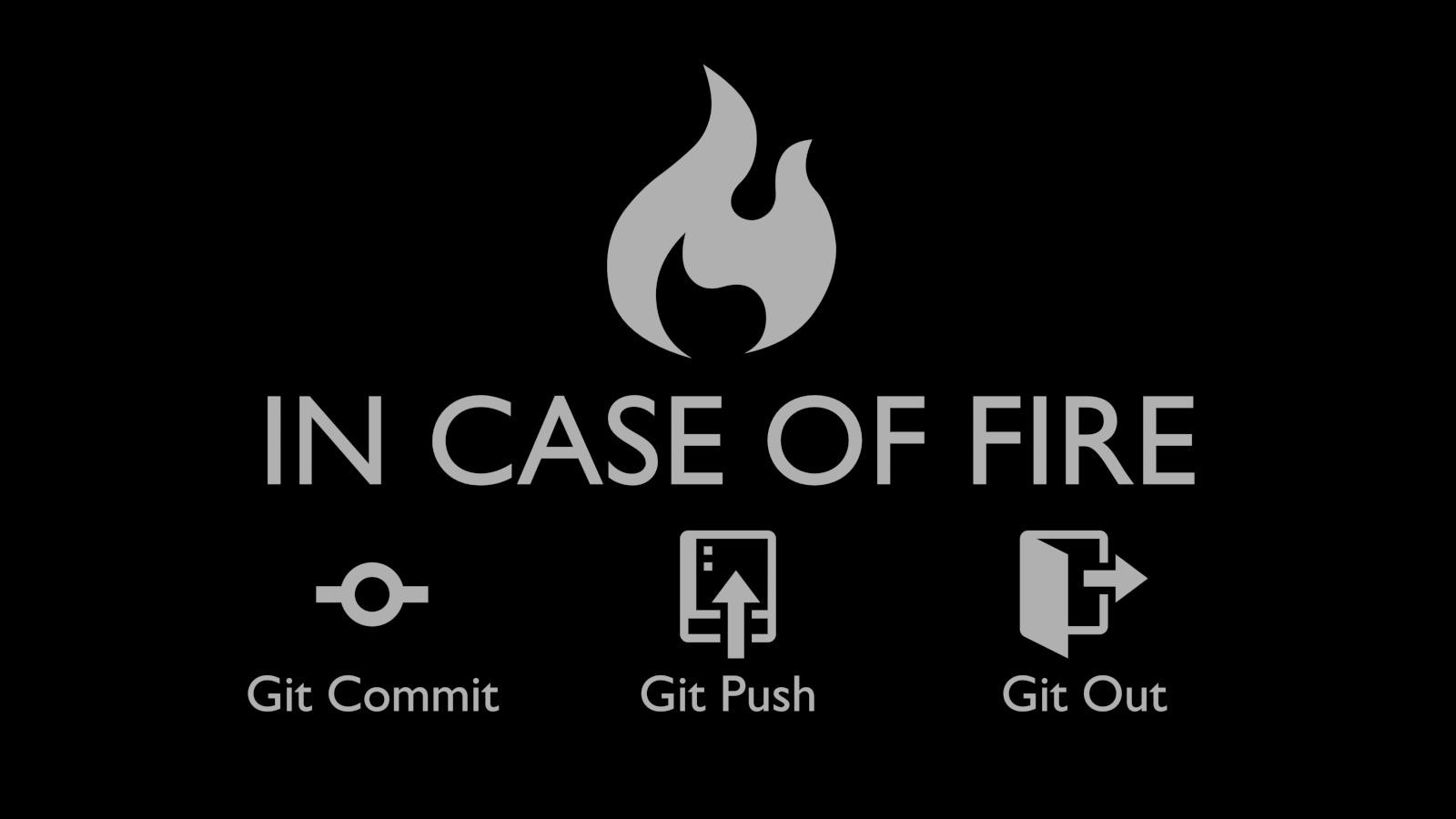I've picked up the hobby of 3D printing, and this time I'll show you what software options you have on GNU/Linux if you want to design and prepare your "things" to be printed on a 3D printer
Guess who's back back again danix's back tell your friends
So, I’m back at writing on this blog, it’s been a long time, I’ve been through quite some shitty times and a lot happened on a personal level that kept my attention away from blogging.
One of the things that I’ve introduced in my life is a 3D printer, I’m the proud owner of an Ender3 Pro by creality.
I’ve had it for a few months now and I’m pretty happy I purchased it, as it’s been a very helpful hobby, and even though I started this hobby using tools available for windows, I’m slowly moving back to GNU/Linux.
Slicing
The software you mainly use with a 3D printer is a slicer, which is a piece of software that takes a 3D rendering of the item you want to print and slice it into many layers, stacked one on top of the other, you can manipulate the layers in various ways in order to alter the properties of the final printed item.
Ultimaker Cura 4.9 main interface
I’ve chosen Ultimaker Cura as my main slicer, I started with it and I found it’s easy enough for a noob like me, but manages to give the user a lot of room for customization when you start understanding how it works.
So far so good, Cura is available for windows, mac and GNU/Linux, so I went and downloaded the appImage package and I have to say, the loading time it’s even faster than on windows, I’ve added a few plugins and sliced quite a few files, and I’m very happy as to how it’s performing.
CAD drawing
Now, everything would be good as it is, if you plan on using only the files you can find on the internet, which is a great deal, considering there’s sites like thingiverse.com or myminifactory.com, where you can find litterally millions of files ready to be sliced and printed.
Different story if you want to actually design a piece to be printed, in that case you’ll need a cad software.
On windows my choice went immediately to Fusion360, not only it’s from Autodesk, the same company that authors AutoCad, the de-facto standard in the industry for mechanical cad, but the main reason is that Fusion360 offers a yearly free subscription for hobbyist and students.
Another good reason for choosing Fusion360 is the huge amount of tutorials you can find on the web on how to approach cad design with it, it’s really great for beginners as it gives you an even easier learning curve.
Sadly Fusion360 is not available on GNU/Linux, and that’s the main reason I’ve decided to look for a valid alternative.
Another very good reason for not using Fusion, is the fact that all of your files are uploaded to the cloud, and you are limited (in the free tier) to a maximum of 10 editable files at a time, which might seem a lot, but may easily become way too few depending on what are you working on. Anyway, after some searching, I’ve found a solution!!
Meet SolveSpace
solvespace interface
SolveSpace is a 2D/3D parametric cad Software, it’s totally free, licensed under the GPLv3 and available for windows, mac and of course GNU/Linux.
I’ve watched this introductory video and was able to pick it up and start designing in a matter of minutes, it’s very straightforward and even if it does things a bit differently than Fusion, it’s still very comfortable to use.
The development is very active, this month was released the latest stable version which is 3.0 and I managed to compile it without any hassle on my Slackware64-current. Probably, once Slackware64 reaches the stable 15.0, I will push the slackbuild to the SBo mailing list and see if they will make it available. In the mean time, if anyone is interested, just drop me a few lines in my socials and I’ll help you as best as I can.
Slackware Package
Since I’ve built the package for my use, why not sharing it with the world. I didn’t submit it to SBo because I use git to retrieve the sources and that’s not compliant with their guidelines.
Thanks for passing by, and I’ll see you on the next one ;)



 Git Setup Your Own Server
Git Setup Your Own Server Manage your passwords with password-store
Manage your passwords with password-store CAD designing in GNU/Linux
CAD designing in GNU/Linux new home server ideas
new home server ideas baking programs
baking programs